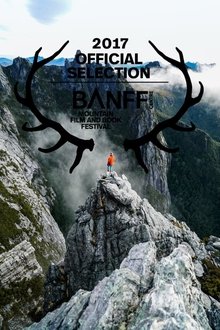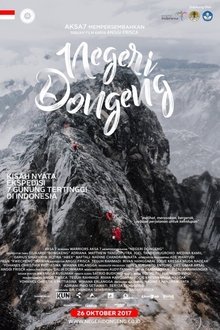After suffering a catastrophic and almost fatal spinal cord injury, professional rugby player Ed Jackson's world changed forever. Follows Ed's journey on his recovery as he achieves the mental and physical heights of Snowdonia, the Alps and Himalayas to the life-altering challenges closer to home.
Related Movies

Eric Satie: Reloaded (2025)
In 2025, we celebrate the 100th anniversary of the death of Erik Satie, father of minimalist music. His texts, brimming with humor and despair, and rare archives of his fellow travelers, tell the story of a man filled with doubt, a composer ferociously ahead of his time. His pieces continue to inspire even the most avant-garde artists.
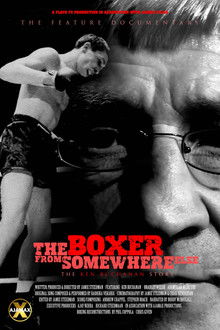
The Boxer from Somewhere Else: The Ken Buchanan Story (2025)
Charts the life and career of Scottish boxer Ken Buchanan, the 1970-71 undisputed lightweight world champion.
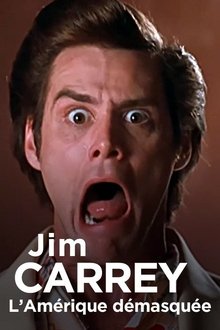
Jim Carrey: America Unmasked (2021)
Composed of numerous archives and film clips, this documentary is the story of a transgressive actor, a pirate who came to crack America's too perfect mask to reveal its most infantile and moronic face, right in the heart of the Hollywood system.
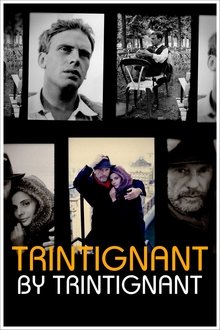
Trintignant by Trintignant (2021)
A portrait of a man of rare elegance and enigmatic charm, versatile and successful: Jean-Louis Trintignant, one of the most critically acclaimed French actors of the last sixty years, known for his numerous roles on stage and screen.
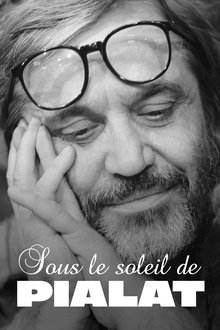
Sous le soleil de Pialat (2021)
In just ten films, Maurice Pialat painfully rose to the top of the cinema, draining into his legend a mad demand for truth as much as memorable fury to achieve it. With "L'Enfance nue", his first feature film at the age of 43, the filmmaker immediately made his mark, this "art of making things authentic", according to Chabrol. But throughout an unclassifiable filmography in the form of an autobiography, from a break-up to his fatherhood in wonder, through the agony of his mother, the filmmaker does not get rid of the feeling of being misunderstood, despite international recognition.

Debbie Harry: Atomic Blondie (2018)
Portrait of Debbie Harry, co-founder of Blondie, punk rock pioneer, that was one of the few feminine icon in rock music at that time.
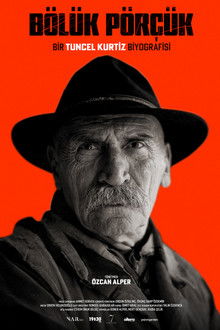
All Over the Place - A Portrait of Tuncel Kurtiz (2025)
Tuncel Kurtiz is an international actor who has worked in various countries such as Turkey, Germany, and Sweden throughout his fifty-year career. He has starred in countless works in cinema, stage and television and has received many awards, including the Silver Bear at the Berlin Film Festival. He has directed two documentaries and a feature-length fiction film. Kurtiz's acting performance ranges from popular melodramas to major plays such as Mahabharata (Peter Brook), encompassing many different genres and styles. As an actor, Kurtiz believes in the creative power of chaos: 'Chaos is the most difficult to create / Not a false chaos / Many things come out of chaos'. Through testimonies, film excerpts, and archive footage, this documentary reflects Tuncel Kurtiz's diverse body of artistic work in all its dimensions for the first time. In the background of this detailed portrait are Turkey's turbulent years and the reality of exile.
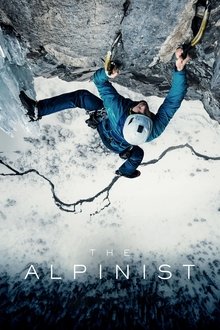
The Alpinist (2021)
Marc-André Leclerc, an exceptional climber, has made solo his religion and ice his homeland. When filmmaker Peter Mortimer begins his film, he places his camera at the base of a British Columbia cliff and waits patiently for the star climber to come down to answer his questions. Marc André, a little uncomfortable, prefers to return to the depths of the forest where he lives in a tent with his girlfriend Brette Harrington. In the heart of winter, Peter films vertiginous solos on fragile ice. He tries to make appointments with the climber who is never there and does not seem really concerned by this camera pointed at him "For me, it would not be a solo if there was someone else" . Marc-André is thus, the "pure light" of the mountaineers of his time, which marvel Barry Blanchard, Alex Honnold or Reinhold Messner, interviewed in the film. An event film for an extraordinary character.
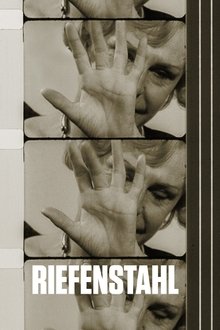
Riefenstahl (2024)
Explores Leni Riefenstahl's artistic legacy and her complex ties to the Nazi regime, juxtaposing her self-portrayal with evidence suggesting awareness of the regime's atrocities.
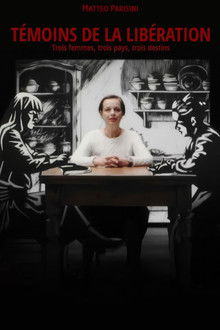
Liberation Diaries (2025)
The end of World War II brings Europe a new political system, reshapes national and personal identities. Three women from Milan, Paris and Berlin report on the days of liberation in their diaries. Their personal stories expand the historical picture and make LIBERATION DIARIES a chronicle of female self-empowerment, resistance and resilience.
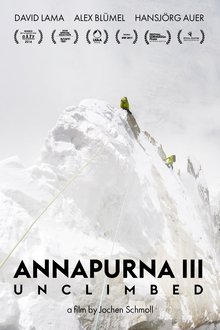
Annapurna III - Unclimbed (2017)
“Annapurna III – Unclimbed” is an award-winning 12-min documentary featuring the 2016 expedition to the Himalayas of Nepal led by David Lama together with Austrian alpinists Hansjörg Auer and Alex Blümel. Join the team in their feelings of fatigue, anxiety, exposure and ordeal during their 5 weeks attempting one of the world’s greatest, unsolved puzzles of alpinism: The unclimbed south-east ridge of Annapurna III.
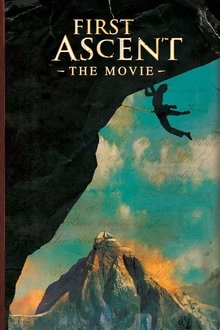
First Ascent (2006)
The classic film that inspired the National Geographic Series. Join a global quest with world-class climbers in pursuit of the ultimate goal: the first ascent. Featuring Dean Potter, Timmy O'Neill, Sonnie Trotter, and the amazing Didier Berthod on his quest for the first ascent of the Cobra Crack.
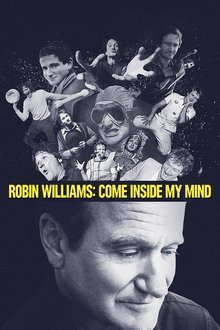
Robin Williams: Come Inside My Mind (2018)
A funny, intimate and heartbreaking portrait of one of the world’s most beloved and inventive comedians, Robin Williams, told largely through his own words. Celebrates what he brought to comedy and to the culture at large, from the wild days of late-1970s L.A. to his death in 2014.
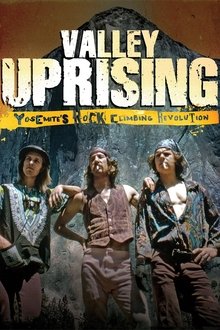
Valley Uprising (2014)
In the shady campgrounds of Yosemite valley, climbers carved out a counterculture lifestyle of dumpster-diving and wild parties that clashed with the conservative values of the National Park Service. And up on the walls, generation after generation has pushed the limits of climbing, vying amongst each other for supremacy on Yosemite's cliffs. "Valley Uprising" is the riveting, unforgettable tale of this bold rock climbing tradition in Yosemite National Park: half a century of struggle against the laws of gravity -- and the laws of the land.
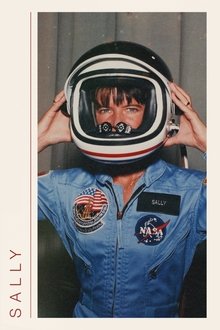
Sally (2025)
Sally Ride's groundbreaking journey as the first American woman in space concealed a deeply personal story. Her life partner, Tam O'Shaughnessy, unveils their covert 27-year romance and its accompanying sacrifices.

Love to Love You, Donna Summer (2023)
The extraordinary story of disco queen Donna Summer through a rich archive of unpublished film excerpts, home video, photographs, artwork, writings, personal audio and other recordings that span the life of one of the most iconic performers ever to shake a room to its timbers. From her early career with Giorgio Moroder in Germany, to later years more focused on spirituality and family life as a shelter from troubles associated with both notoriety and intimate wounds, her story is all the more special for being told in the first person – both singular and plural.
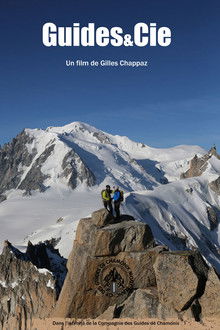
Guides&Cie (2014)
Established in 1821, the Compagnie des Guides de Chamonix is the first and largest guides' company in the world. Wiser for its historical organisation, this diverse community of self-employed professionals operates according to two rock-solid pillars: an in-turn work distribution and an emergency fund to support guides injured from work. Who are these women and men who have sworn allegiance to their passion for the mountains? How do they cope with the hazards that are inherent to their occupation? In other words, what does "being a guide" mean in 21st century, and what makes it so remarkable? Thanks to its numerous moving accounts, this films draws a warm portrait of the guides and takes the audience deep into a very unordinary group of professionals. Undoubtedly a sensitive documentary served with stunning images!
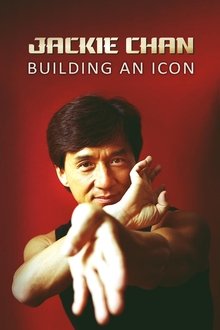
Jackie Chan: Building an Icon (2021)
Jackie Chan is a true icon of Asian and Chinese culture. Over a 45-year-long career, he has carved a niche for himself as an actor, stuntman, director, and screenwriter, but also singer and formidable businessman. After starring in almost 200 films, Jackie Chan has reconciled fans of genre film and Hollywood blockbusters, whilst bridging the gap between Asian and Western cinema. Through film excerpts, archive footage and images, and an offbeat approach inspired by the visual codes of the golden age of kung fu films, this documentary will take a look back at the creation of a popular hero who has come to be an icon for China, and for the entire Asian continent.
